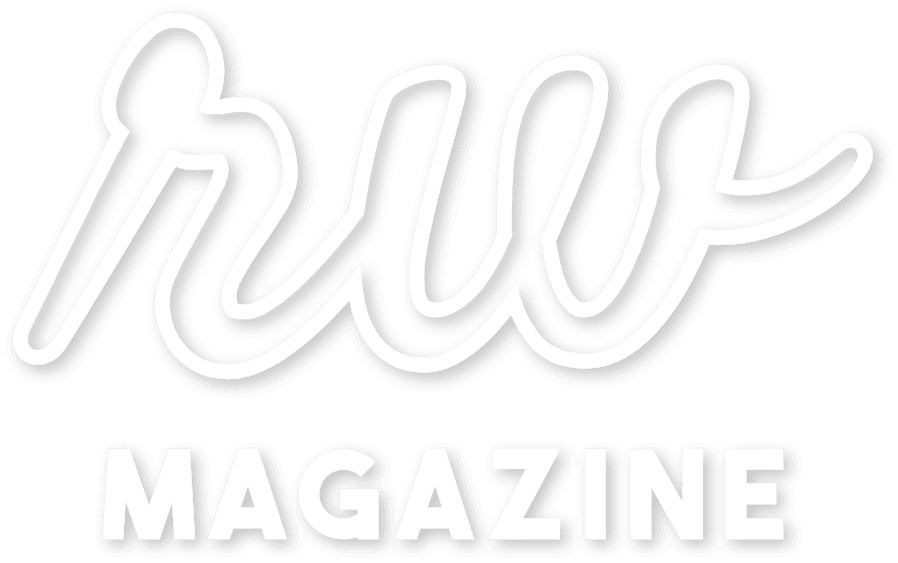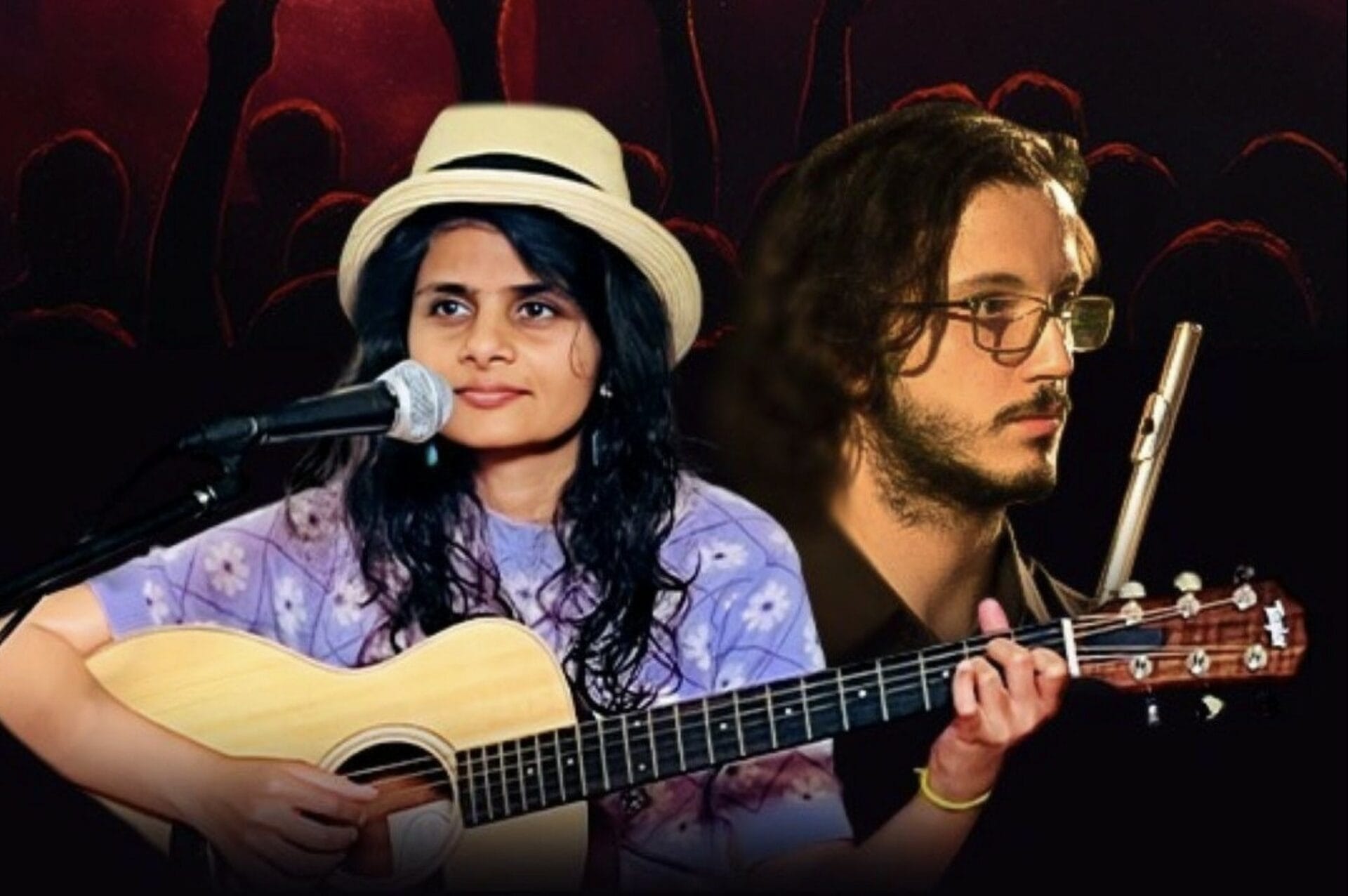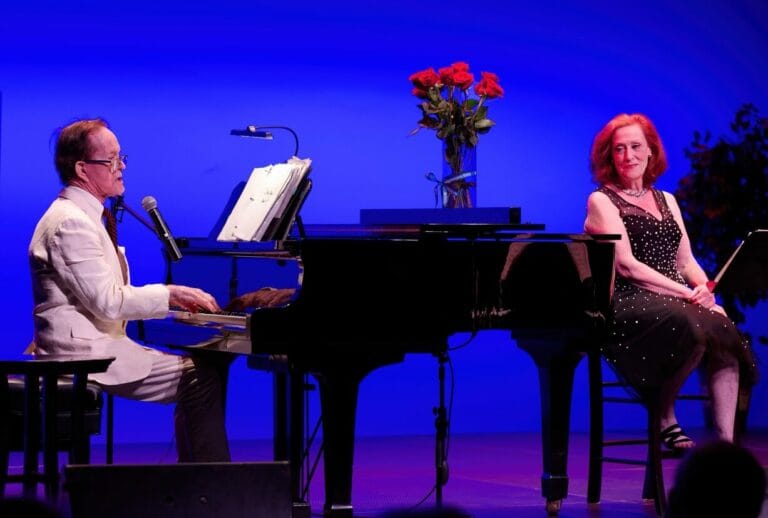Across the digital world, artists are taking a bold new approach to one of the internet’s oldest scourges: cyberbullying. As online harassment remains widespread, with recent figures showing that nearly 60% of teenagers experience some form of cyberbullying, the music industry is responding with its own creative arsenal. Music videos, once primarily vehicles for entertainment or artistic experimentation, are increasingly being mobilised as powerful statements that challenge the culture of trolling and champion resilience, empathy and self-respect.
This shift comes at a time when short-form video content dominates platforms like TikTok, Instagram Reels, and YouTube Shorts, placing music front and centre in shaping social media trends and conversations. As the influence of musicians continues to grow beyond chart positions into the realm of social change, the fusion of captivating visuals, infectious rhythms, and urgent causes is making a visible difference in how audiences interact with online spaces.
Music as a Tool for Social Change
Recent releases put this movement into sharp relief. Shweta Harve’s latest music video, ‘What The Troll?’, is a striking example. Collaborating with Italian composer Dario Cei, Harve turns a pop anthem into a fiercely relevant piece of advocacy as she tackles the reality of online hate with humour, confidence, and hope. ‘This video is about turning the tables on cyberbullying,’ she explains. ‘We wanted to show that you can overcome hate with love, confidence, and community… we poured our hearts into making something that uplifts and inspires.’ Harve’s approach reflects a broader trend: musicians are weaving mental health awareness, anti-bullying campaigns, and positive digital citizenship directly into their work, speaking to fans not just as consumers but as communities in need of encouragement and solidarity.
Mirror to a Wider Problem
The need for this creative activism remains pressing. According to teenage cyberbullying statistics for 2025, nearly 60% of both boys and girls have faced some form of online harassment. Platforms such as Facebook and YouTube continue to see high rates of toxic behaviour, reinforcing just how critical it is for cultural leaders to address these issues publicly. As noted in a recent academic review, both individuals and tech firms are seeking new ways to reduce harm, but peer-driven efforts led by artists often have the most far-reaching cultural impact.
It’s not only pop music embracing this charge. In recent years, rock, hip-hop, and even classical musicians have joined forces with mental health campaigns and anti-bullying charities, using their reach to steer online culture away from mockery and aggression toward inclusion and kindness. High-profile collaborations, challenge-based social media trends, and cross-genre anthems have helped transform individual songs into large-scale movements for good.
Kindness and Social Media Movements
The power of music videos in today’s activist toolkit lies in their shareability and emotional resonance. Social media drives much of music’s cultural relevance now; as detailed in analysis of music’s role on social media, songs paired with strong visual narratives are more likely to spark conversation, inspire imitation, and circulate rapidly between communities. Artists like Harve have amplified this effect by encouraging dance challenges and fan remixes, creating accessible entry points for audiences to participate in spreading a positive message. The #whatthetroll hashtag and dance challenge, for instance, have encouraged Instagram and TikTok users to actively join the conversation, reshaping the act of watching a video into a collective gesture of digital solidarity.
The choreography for ‘What The Troll?’, crafted by the dynamic Feel Crew, delivers more than entertainment; it visually represents overcoming negativity and choosing confidence. Partnering with global talent for both music production and dance, Harve and Cei use the universal language of rhythm and movement to communicate across borders, making anti-cyberbullying activism both engaging and accessible to multicultural, multinational audiences.
Expert Perspectives and Industry Trends
Why are musicians leading this charge? Experts suggest that the popularity of artists on platforms frequented by young people—where cyberbullying is most rampant—makes them uniquely positioned to make an impact. When fans see performers they admire take a stand, it changes the culture of those platforms and gives others permission to do the same. As noted by research on social media music trends, music now drives much of what trends on digital platforms, providing both the background and blueprint for viral activism and social commentary.
Competitors across genres are taking note. In the wake of releases like ‘What The Troll?’, more major and independent artists are aligning themselves with online safety campaigns, using music videos as launchpads for awareness and peer-to-peer advocacy. The result is a swelling tide of creativity that not only reflects but actively reshapes online norms.
Implications of Cyberbullying
The fusion of music, social media, and collective action suggests a new era for digital activism. Songs like ‘What The Troll?’ are more than singles; they are calls to action that tap into the communal spirit of fandom and the connective power of rhythm. With cyberbullying statistics remaining stubbornly high, the emergence of star-driven movements that prioritise kindness, self-respect, and humour signals real hope for change in the culture of online discourse. As artists continue to blend personal storytelling with social advocacy, expect music videos to remain at the forefront of reshaping online spaces in favour of empathy and resilience, inspiring listeners to raise their voices both online and off.






